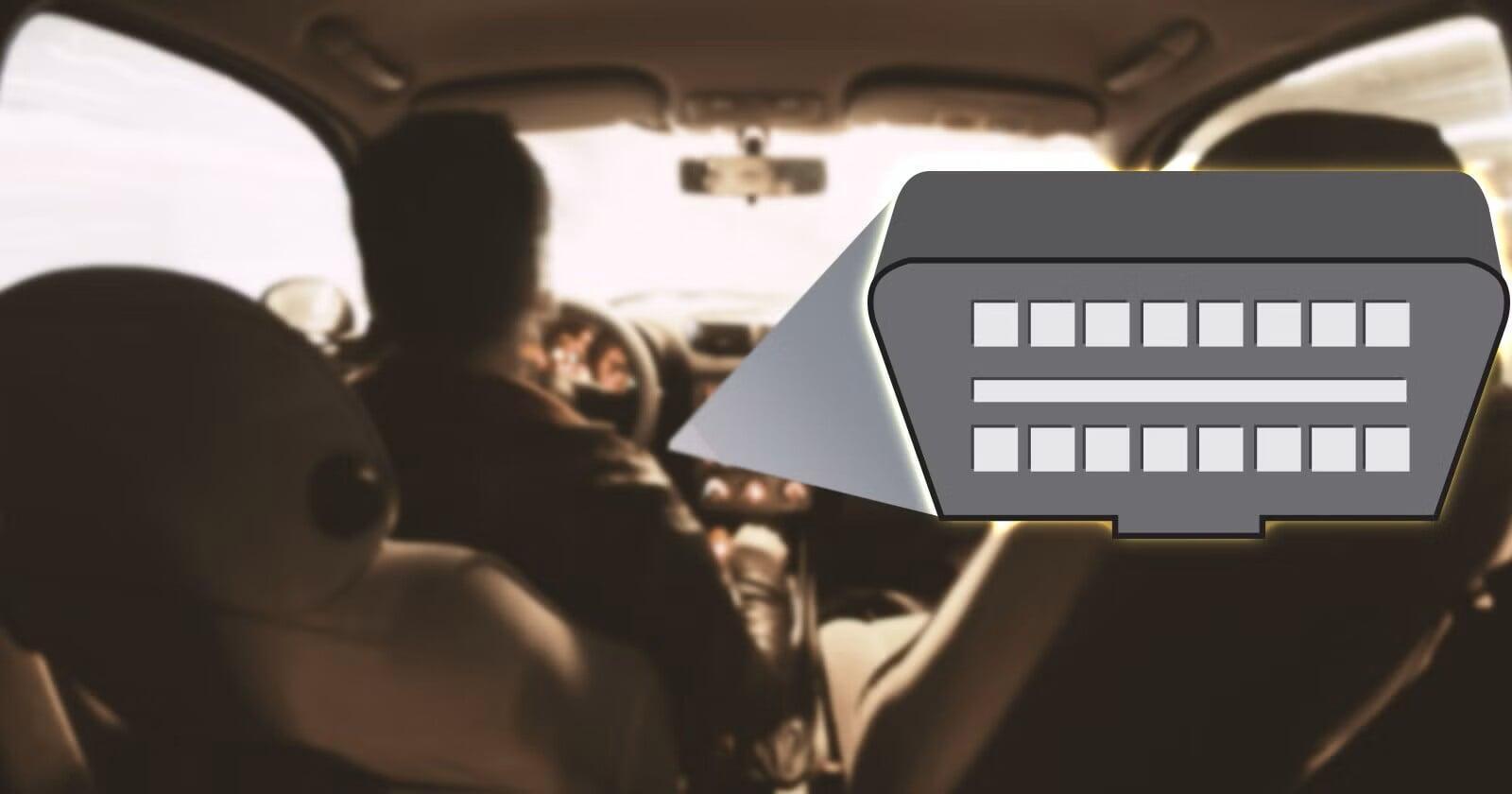Sniffing a Vehicle’s OBDII Network
So far in this series, we’ve explored how CAN Bus works, how to capture data, and how to debug messages during development. In this installment, we take the conversation out of the lab and into a live vehicle environment, specifically, the OBDII network.
Whether you’re diagnosing a customer complaint, logging real-world usage, or reverse-engineering manufacturer messages, sniffing the OBDII port gives you direct access to a vehicle’s live CAN traffic. But this comes with important technical and safety considerations.
Passive Monitoring: Listening Without Talking
When you connect to a vehicle’s OBDII port, you’re tapping into one or more in-vehicle CAN networks. Passive monitoring means listening to traffic without transmitting anything back, avoiding the risk of unintentionally sending commands that could alter ECU behavior.
With ATI CANLab, this is straightforward:
- Connect your ATI CAN interface (such as a CANary or CANary FD) to the OBDII port using the appropriate cable.
- Set your CAN interface to listen-only mode in CANLab’s hardware settings.
- Begin capturing traffic to see messages from the powertrain, emissions, and possibly other subsystems (depending on the vehicle’s network gateway).

Pro Tip: Vehicles often have multiple CAN buses. The OBDII port may expose just the legislated powertrain CAN or may be gatewayed to other modules. Knowing the network topology helps interpret what you see.
Logging OBDII Traffic with CANLab
Once connected, CANLab allows you to log and view the OBDII data:
- Live View + Logging – View incoming messages in real time while saving a log file for later analysis.
- DBC Integration – If you have the proper database file, CANLab can decode raw CAN frames into engineering units like RPM, throttle position, or coolant temperature.
- Long-Term Logging – Run CANLab continuously to record extended drive cycles for emissions testing or performance benchmarking.
Example use cases:
- Capturing ECU diagnostic messages during a road test
- Monitoring sensor behavior during transient events
- Building a baseline “healthy vehicle” log for comparison with fault conditions
Pro Tip: CANLab installs an example workspace and several CAN DBC files to decode OBDII PID values. The workspace can be found in this folder: C:\Users\Public\Documents\Accurate Technologies\CANLab 5.3 Samples
- “Alt + S” will write the supported PID numbers to the CANLab Output Window.
- “Alt + P” will start polling the ECU for the PIDs that are in the script pidList array.
Safety Concerns When Connecting to In-Vehicle Networks
While passive sniffing is generally low-risk, there are still safety considerations:
- Avoid Active Commands – Never transmit on the network unless you are certain of the message’s function and have authorization to send it.
- Secure Cables and Hardware – Loose wiring inside a vehicle can interfere with pedals, steering, or airbags. Always secure your setup.
- Electrical Isolation – Use interfaces that provide galvanic isolation between the vehicle and your PC to prevent damage from voltage spikes.
- Respect OEM Policies – Many manufacturers have strict rules for connecting to vehicle networks, especially in fleet or warranty contexts.
Remember: in-vehicle testing is not just about data, it’s about safety for the driver, passengers, and the vehicle itself.
Wrapping Up
Sniffing a vehicle’s OBDII network opens the door to real-world data capture and powerful diagnostics. With ATI CANLab, you can log and analyze OBDII traffic safely and efficiently, turning raw CAN messages into actionable engineering insight.
In the next post, we’ll explore Logging, Analyzing, and Replaying CAN Data, including replaying recorded data, applications and format.



